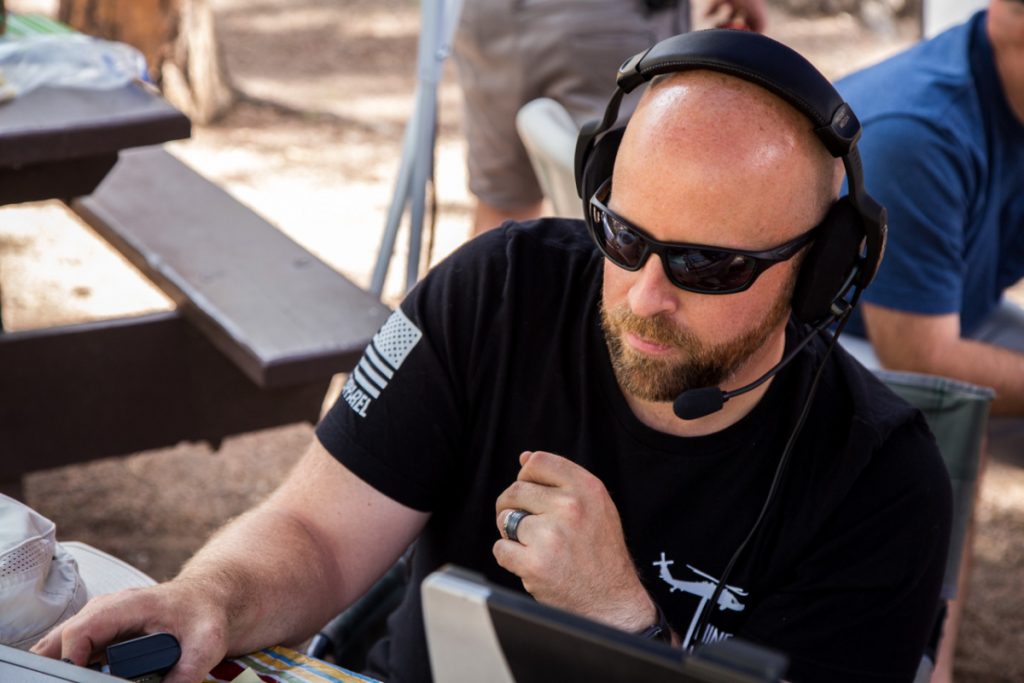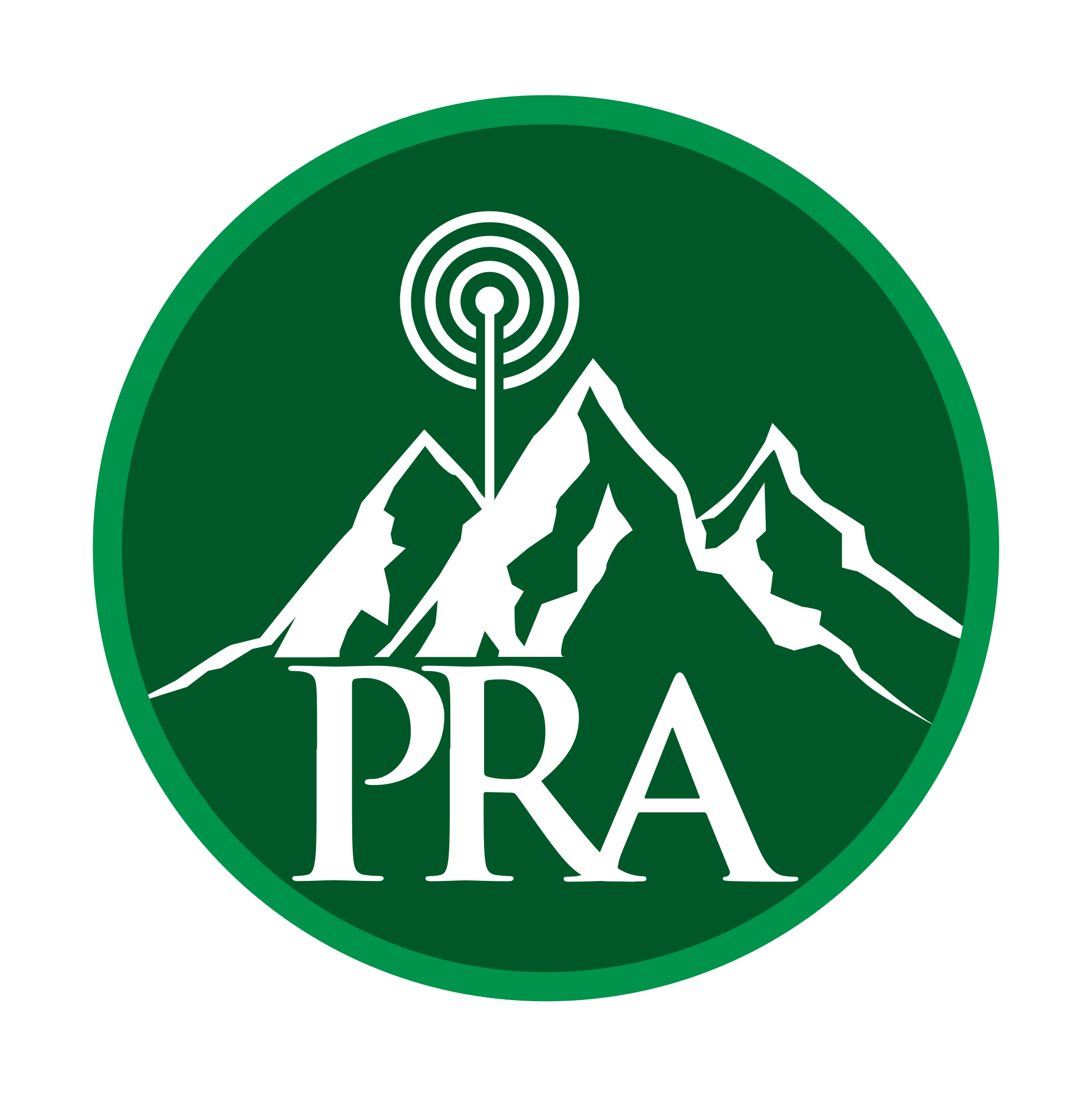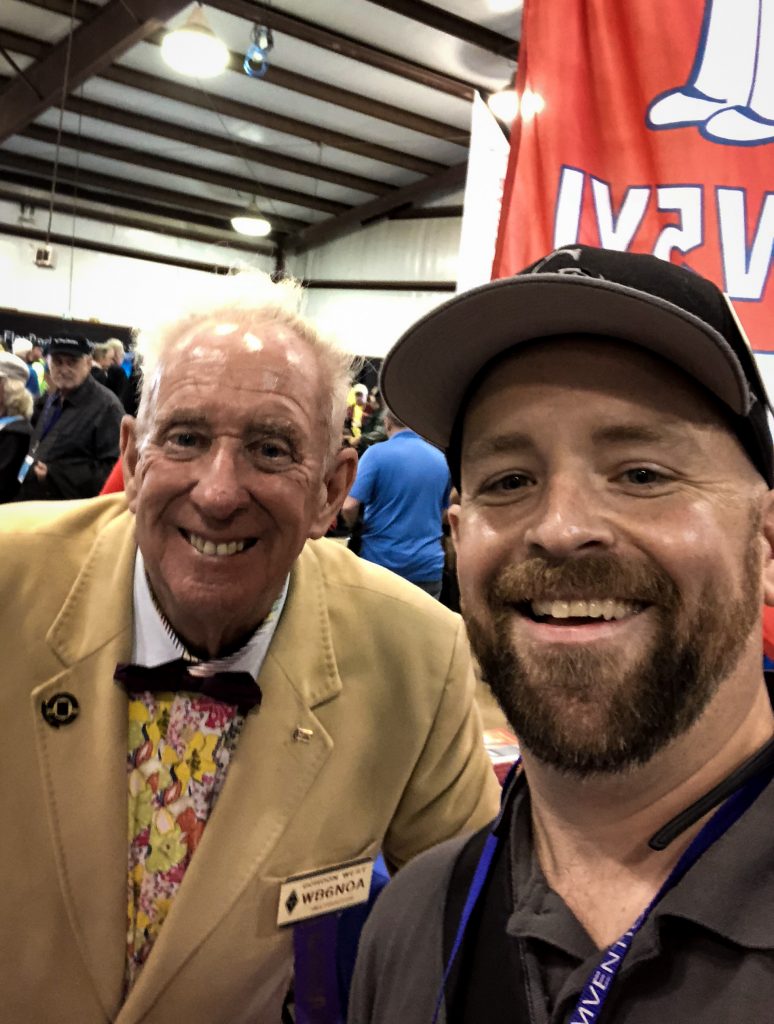
For about 30 years, Field Day has been a special part of my last full weekend in June. In fact, ever since my very first Field Day back in 1991, I still get excited about the opportunity to work with fellow passionate radio aficionados. What sits at the forefront of that excitement is remembering what it was like being the “newbie” at Field Day. Expensive radios, fast-paced contacts, handwritten logs (remember those?), coax, power supplies, antennas…it can be overwhelming for the first time participant. Showcasing Field Day comes down to using our time, talent and treasures to not only teach, but impact the generation of amateur radio operators.
A golden opportunity exists every June to reach out not only to newcomers, but also fellow amateur radio operators that may have been off the air for some time. There is something special about getting that phone call, email, or text message that says, “haven’t heard you on the air in a while, any plans for Field Day? Come join us!” People naturally want to be part of a community and in the amateur radio service, there are very few groups that can demonstrate community quite like we can. From the technology, conversations and the setting, one element is always a big focus for Field Day and that is the food. Have you ever left Field Day hungry?
Not only is operating radios and the various different modes fun, but it challenges us to get out of our comfort zone a bit and learn something new, so long as we’re willing. My CW skills need a lot WD40 to get the rust off. However, the willingness is there to jump in, give it a try, and see how it goes. I remember the first Field Day I worked in Southern New Jersey and a fellow ham invited me to work the 20M voice station. At 13 years old, I sat at the radio, and holding the mic, my hand was shaking. The Elmer working with me said, “are you ok?” to which I replied, “I don’t want to screw anything up.” Assuredly, my Elmer told me, “you won’t screw anything up, I promise…we’re working on this together, at your speed.” That simple statement embodied everything I needed to know about Field Day and surrounding yourself with the right people. This Elmer was providing me his time and talent so that I could walk away with the treasure of a passion in amateur radio.
Here’s to another successful Field Day where the contacts are plentiful, SWRs are low, the food is satisfying, learning is easy and accessible, and ultimately fun! Through all of this, may we focus on giving away our time, talent and treasures so that the magic of radio has the opportunity to be carried on actively.
73,
Dan – N2SRK
President
Parker Radio Association

